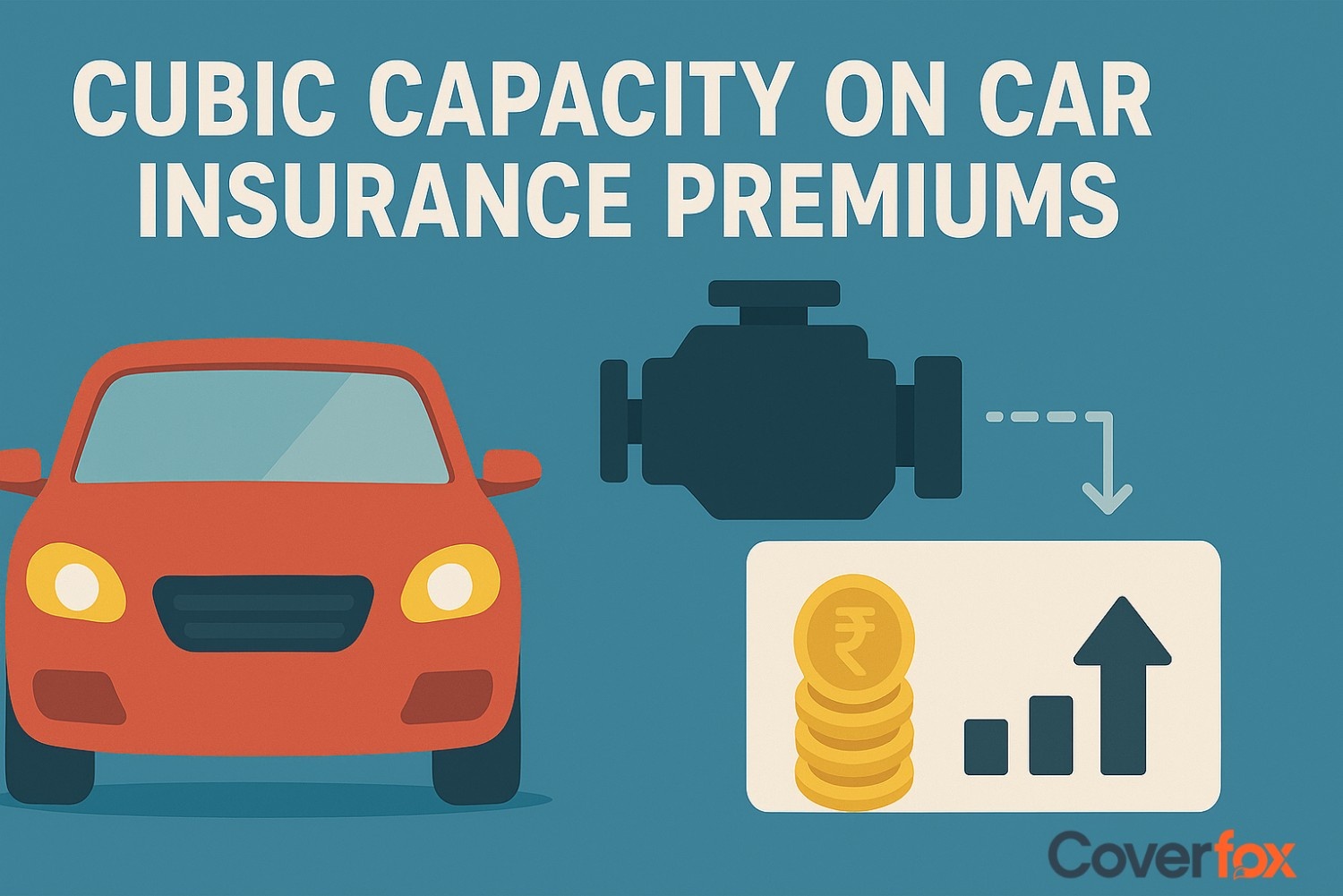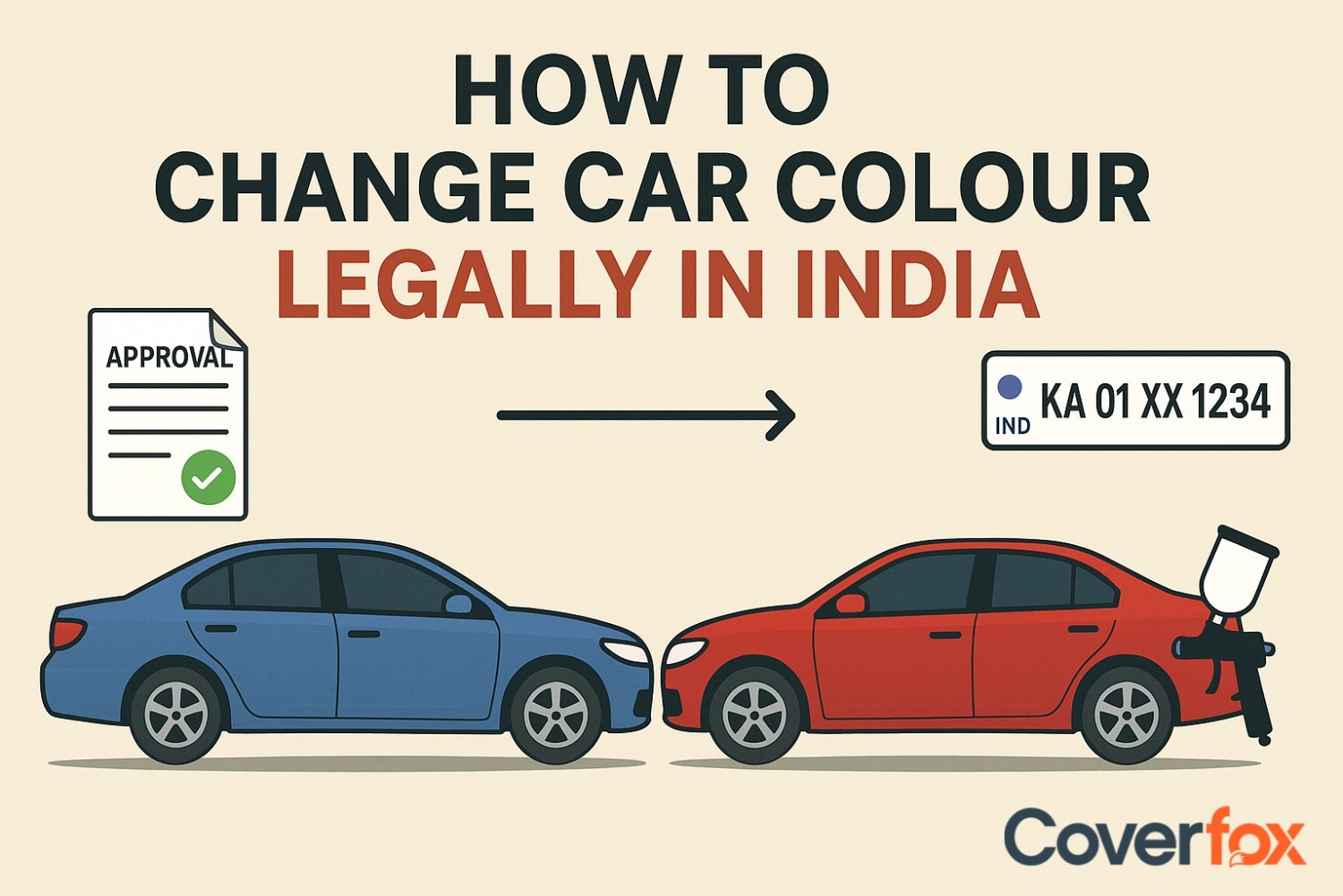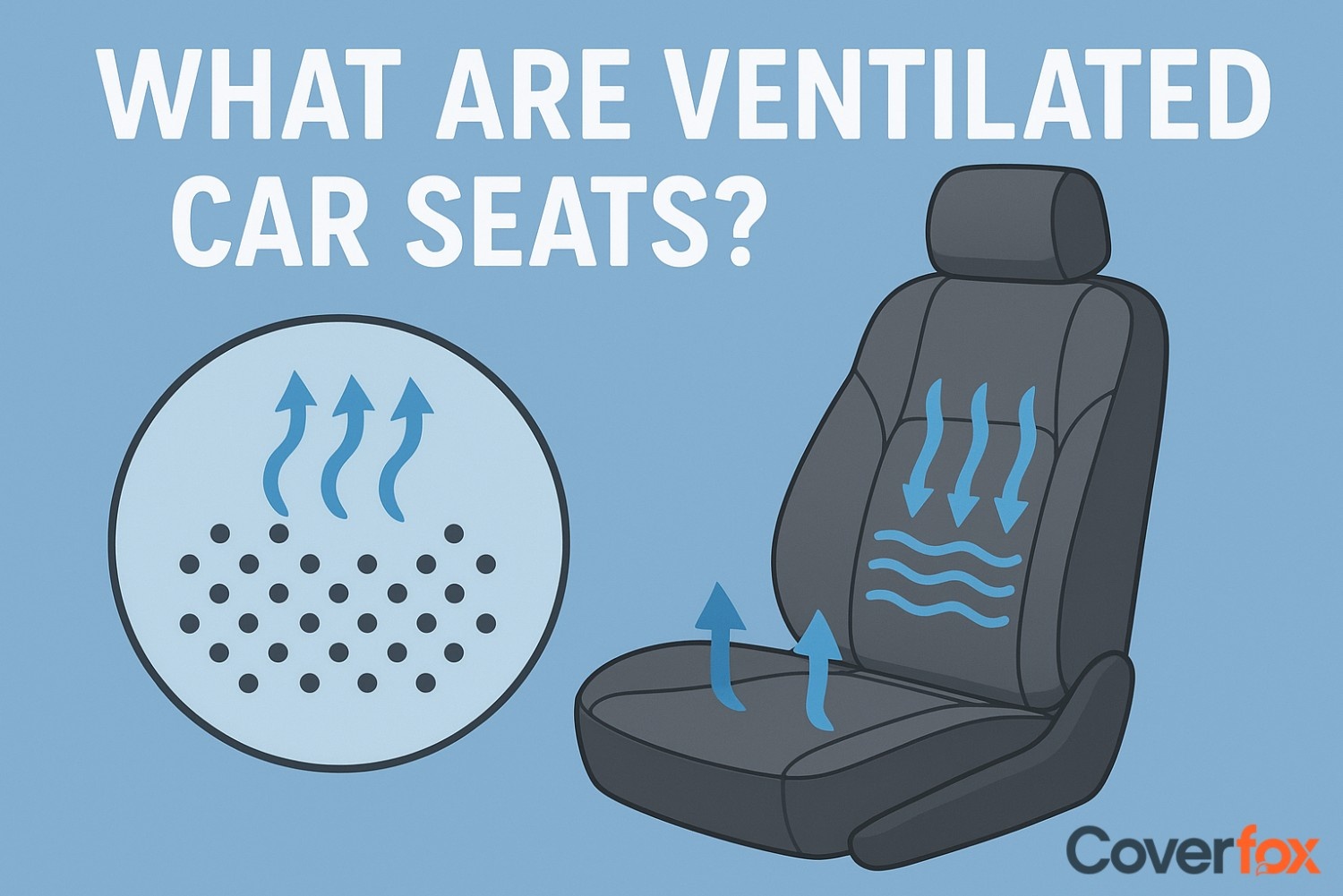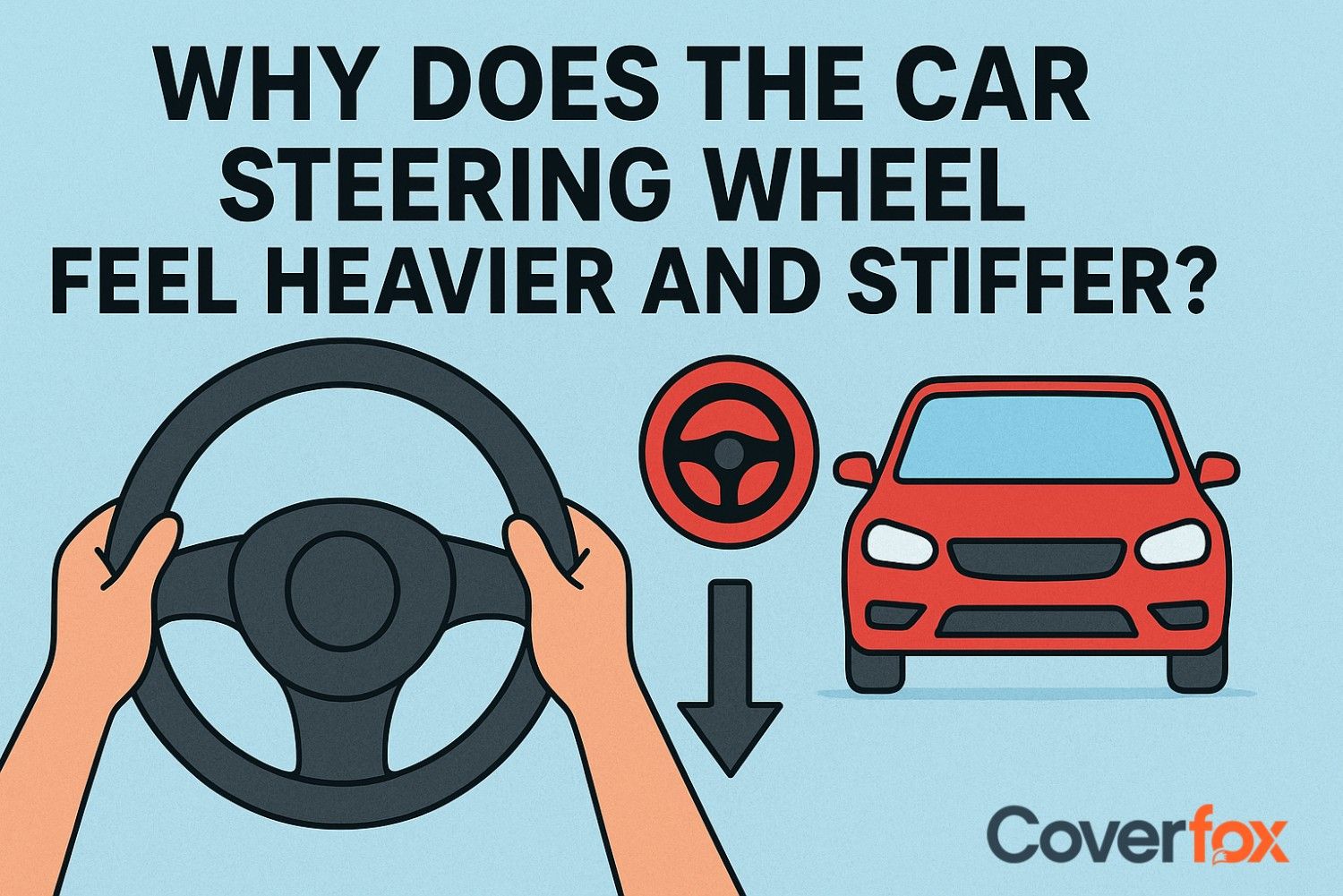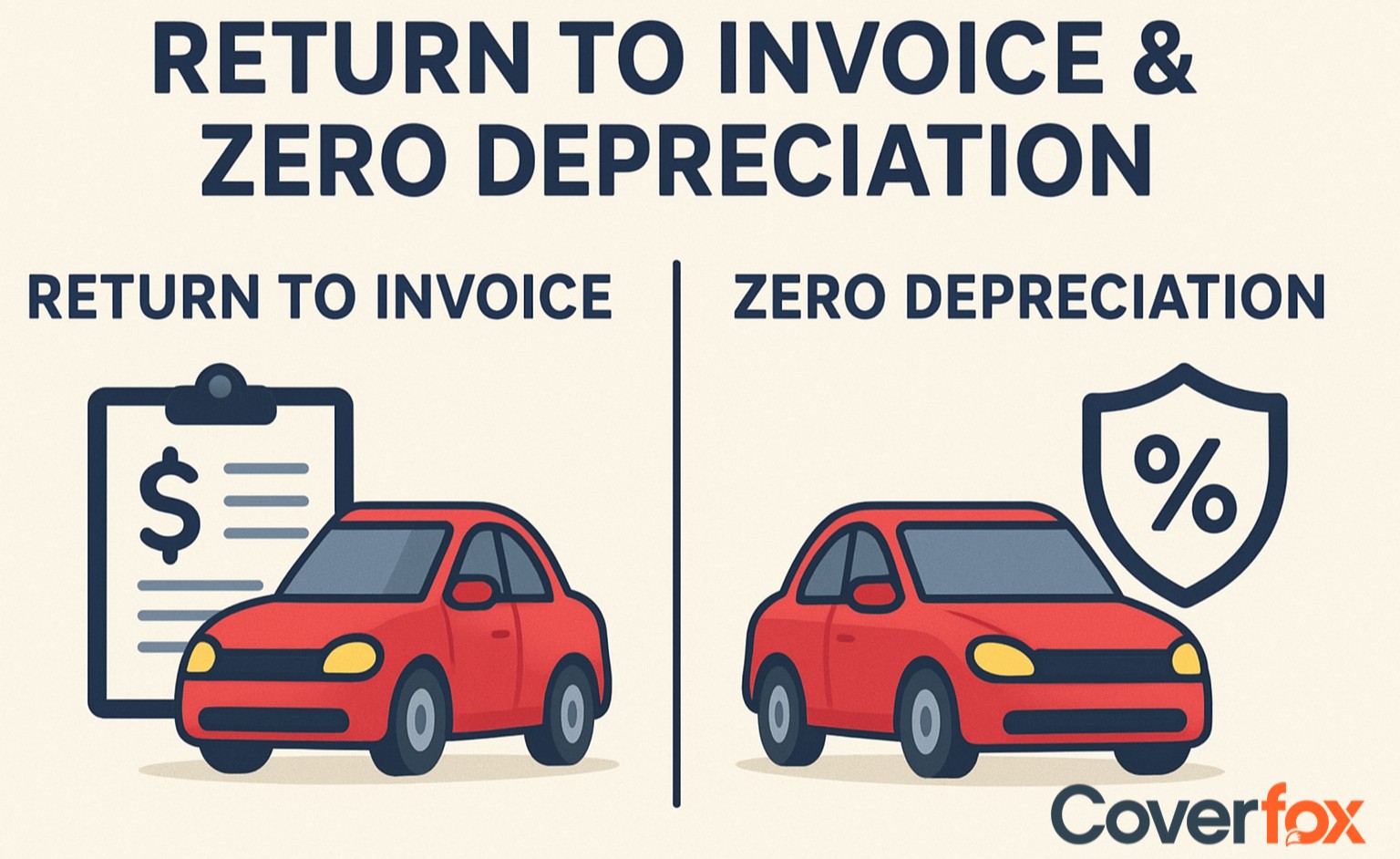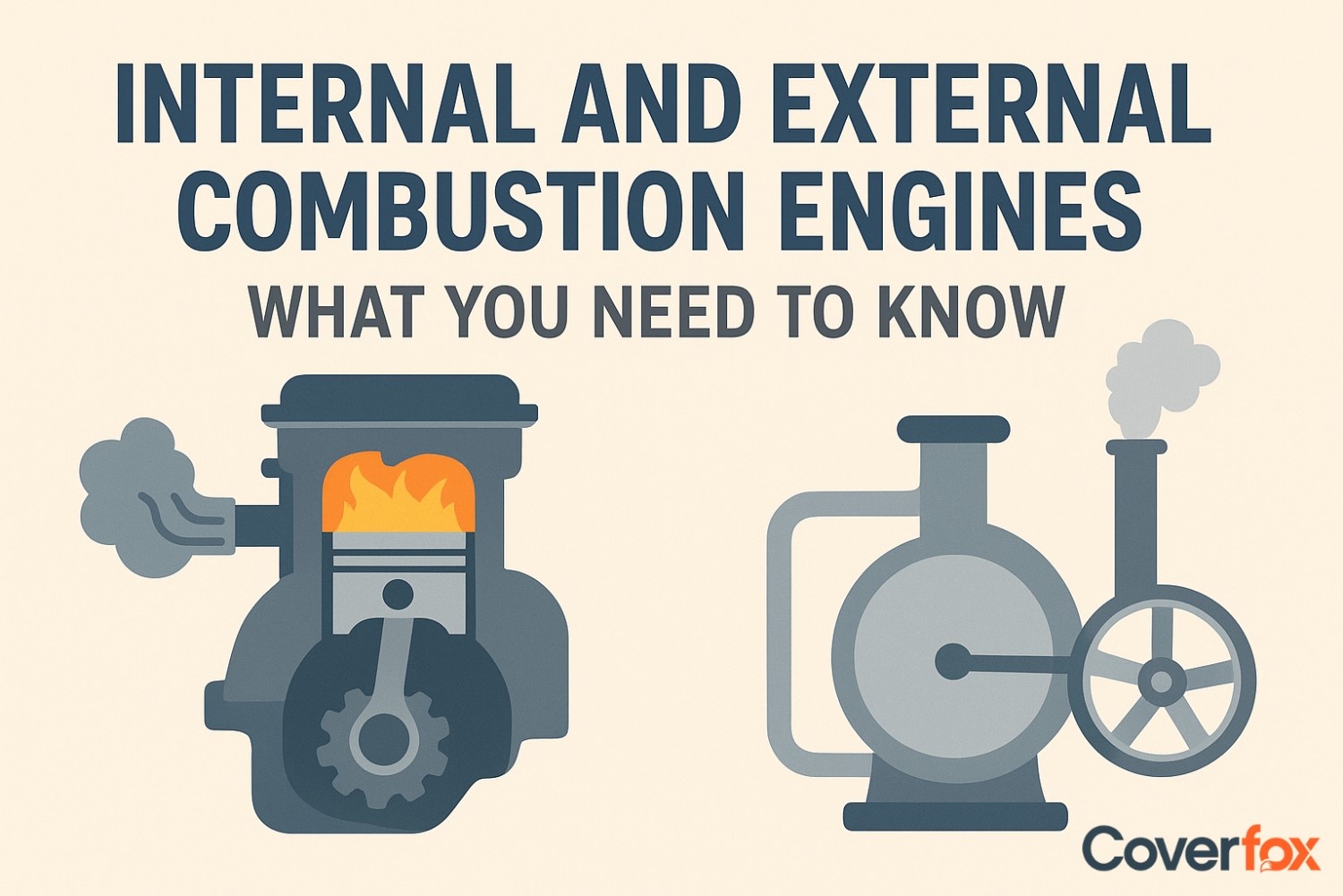Ever tried talking in a moving car? The sound of the engine, vibrations from movement, and outside noise always keep interrupting your conversations. But nowadays, modern cars have started using “Car Damping” solutions to solve this problem.

This customisation of the car can help you have a quieter cabin, reduce NVH, and help you have the comfort of having meaningful conversations inside the car. So, what exactly is car damping, and what are its benefits? Stick around to know!
What is Car Damping?
Car damping is a customisation done on the car to reduce noise, vibration and harshness (Also abbreviated as NVH) inside the vehicle. Car damping is done by applying some insulating materials to the interior of the car, generally in doors, floors, roof panels and boot areas. Car damping works like noise-cancellation. It is gaining a lot of popularity nowadays to increase comfort and have a quieter environment, along with better audio quality inside the cabin. Also, one of the perks of car damping is that it comes cheap, just like car insurance these days.
How Car Damping Works?
Car damping uses the principle of absorbing and dissipating vibrations that travel through your vehicle's metal panels to reduce noise and help get better quality of acoustic audio. It involves applying sound-deadening materials (Or dampers) directly onto surfaces prone to resonance and vibration.
Step-by-Step Working:
Vibration Absorption
Noise Isolation
Energy Dissipation
Improved Sound Reflection
When your car moves, components like doors, floor panels, and the roof vibrate. Damping materials (typically made of butyl rubber or foam) absorb these vibrations.
The damping layer blocks or reduces external sounds, like tyre friction, road hum, and engine drone, from entering the cabin.
Instead of allowing vibrations to travel and cause noise, the damping material converts kinetic energy into low-level heat, neutralising the noise.
In audio-focused damping, materials are strategically placed to enhance sound reflection and clarity, giving speakers a better acoustic environment.
Target Areas in the Car:
- Doors (especially behind speakers)
- Floor pan
- Boot/trunk
- Roof
- Firewall and wheel arches
Types of Damping Materials
There are different types of damping materials used in a car. Each material is fixated on a designated spot for optimum car damping. This table represents the types of damping materials used for car damping:
| Type of Damping Material | Material Composition | Key Features | Best Used On |
|---|---|---|---|
| Butyl Rubber Sheets | Butyl rubber with aluminium foil | Durable, heat-resistant, excellent vibration control | Doors, floor, boot, roof |
| Foam Insulation Sheets | Closed-cell polyethene or PVC | Lightweight, good for sound absorption and thermal insulation | Roof, pillars, cabin panels |
| Spray-On Damping | Liquid polymer-based compounds | Easy to apply on uneven surfaces, seamless coverage | Floor pan, wheel arches, trunk |
| Sound Barrier Mats | Vinyl and foam composite | Blocks airborne noise, reduces engine and road sounds | Firewall, under seats, floor |
| Decoupling Foam | Acoustic foam layer | Isolates panel contact points to reduce rattling | Between door trim and frame |
| Thermal-Acoustic Liners | Multi-layered (aluminium, foam) | Combining sound damping and heat insulation | Engine bay, bonnet, cabin firewall |
Growing Popularity of Car Damping
The growth of EVs has shown people the luxury of having quieter rides. To mimic such rides, car damping has also taken up space in the market. People are opting for quieter cabins and having an acoustic vibe inside the car over traditional cars. These statistics from multiple studies indicate the growing trend of car damping and its subsequent industries globally.
| Stat/Insight | Value / Trend |
|---|---|
| Car Audio Market (India) | USD 336 M (2024), USD 712 M by 2033 (CAGR 8.7%) |
| Soundproofing Damping (Global) | USD 1.2 B (2023) → USD 2.1 B by 2032 (CAGR 6.3%) |
| Deadening Mats Market (Global) | USD 1.8 B (2023) → USD 3.5 B by 2032 (CAGR 7.8%) |
| OEM vs Aftermarket Use (India) | 70% OEM, 30% Aftermarket |
| EV Impact | Greater demand for EVs due to noticeable cabin noise |
Benefits of Car Damping
Car damping helps with noise isolation and provides a quiet cabin. Other than that, key benefits of car damping include:
- Reduces road, engine, and wind noise inside the cabin.
- Improves overall sound system clarity and bass response.
- Enhances ride comfort by cutting down vibrations.
- Adds a premium feel to even entry-level cars.
- Helps maintain temperature by adding thermal insulation.
- Helps to have a clear conversation inside the cabin.
- Gives relief from noise pollution.
Drawbacks of Car Damping
The drawbacks or disadvantages of car damping include:
- Increases vehicle weight slightly, which may impact mileage.
- It can become expensive, especially for full-body damping.
- Installation requires professional labour and time.
- May void warranty if not installed properly or if panels are damaged.
- Not all damping materials are heat- or moisture-resistant.
Car Damping: What to Keep in Mind
Before investing in car damping, it’s important to keep in mind a few key factors that can influence your satisfaction and the effectiveness of the upgrade:
Cost
Installation Quality
Material Selection
Impact on Performance
Warranty Considerations
Full-body damping can range from ₹5,000 to ₹30,000, depending on car size and materials used. Prioritise based on your budget—door damping alone offers great value for sound quality.
Poor installation can lead to rattling or damage to door trims and panels. Choose experienced installers or prepare thoroughly if going DIY.
Butyl rubber sheets with aluminium backing are more effective and durable than asphalt-based materials, especially in Indian weather conditions.
Damping adds 5–15 kg to the vehicle, depending on coverage. While minor, it may slightly affect mileage in small-engine cars.
Modifications involving door panels or roof lining might void parts of your warranty. Always check with your manufacturer or dealer first.
Installation Tips for Car Damping
If you're considering DIY car damping, here are a few tips to ensure you get the best out of your effort and expense:
Focus on High-Impact Areas
Clean Surfaces Thoroughly
Use a Roller Tool
Don’t Overdo It
Seal Gaps & Edges
Start with doors, floor panels, boot, and wheel wells as these contribute the most to road noise and panel vibrations.
Remove dust, grease, and moisture before applying damping sheets to ensure proper adhesion and long-term effectiveness.
Pressing the damping material firmly using a roller helps it bond better and eliminates air bubbles for maximum vibration control.
Covering 60–70% of a panel is often sufficient—over-insulating may add unnecessary weight without major gains.
Use foam or additional liners for seams and hard-to-reach corners, especially near door speakers and under carpets.
Summing Up
Customising your car is no longer a hobby or a luxury only. Almost every vehicle in today’s market comes with somewhat aftermarket customisation. One such customisation is car damping, reducing the noise that travels inside the vehicle from outside. Just as we customise our car insurance policy with add-ons, we can customise our car with car damping to enhance its comfort or luxury. Happy driving!
Also Read:
Understanding Turbo Engines: How They Work, Benefits, Types, and Tips
What is a Car ORVM? How Does it Work?
Car Starting Issues: Solutions and Preventive Tips
Frequently Asked Questions
How is car damping different from soundproofing?
Car damping focuses on reducing vibrations and structural noise, while soundproofing blocks external airborne sounds like traffic or honking.
What is the purpose of a damper in a car?
A damper refers to sound-deadening material used to reduce vibrations and improve cabin acoustics, not to be confused with suspension dampers.
Does car damping reduce mileage?
Damping adds 5–15 kg of weight, which may have a negligible effect on mileage in smaller cars.
Where is damping typically applied in a car?
Key areas include doors, floor panels, boot, wheel wells, roof, and firewall for maximum NVH (noise, vibration, harshness) reduction.
Does car damping affect fuel efficiency or performance?
The performance impact is minimal; comfort and acoustic benefits far outweigh any slight dip in fuel efficiency.
How long does car damping last?
High-quality damping materials can last 7–10 years or more, depending on usage, weather conditions, and installation quality.
